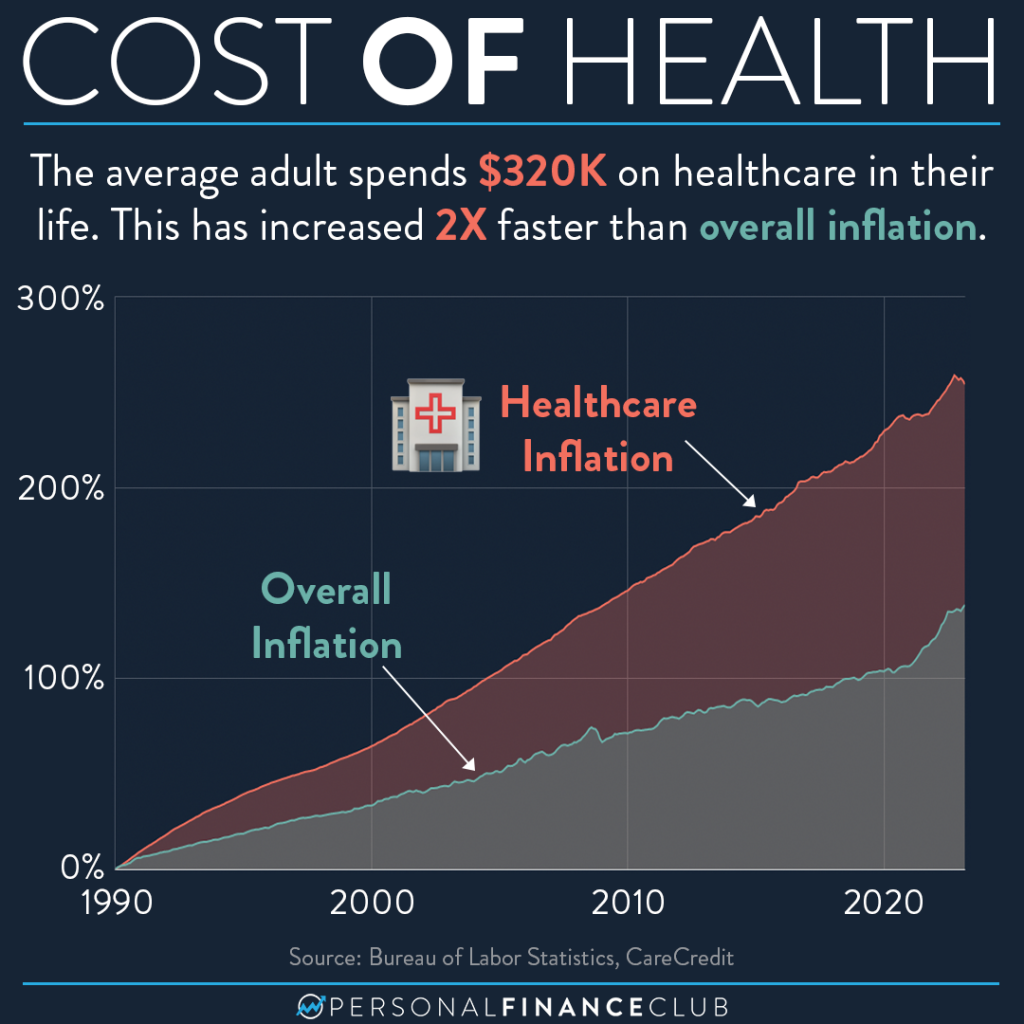Healthcare RCM Solutions for Efficient Income Cycle Management
Healthcare RCM Solutions for Efficient Income Cycle Management
Blog Article
A Comprehensive Overview on Just How Health Care RCM Functions to Streamline Billing and Collections
Navigating the complexities of medical care profits cycle administration (RCM) is critical for carriers intending to improve their invoicing and collections processes. The guide unpacks the intricacies of RCM, from client enrollment to accounts receivable administration, providing insights right into enhancing each step.
Comprehending Profits Cycle Management
RCM is an essential management function that encompasses the entire economic procedure of person care, from the first consultation setting to the final settlement of the balance. It is a complex procedure created to identify, collect, and manage the earnings from the solutions provided to individuals.
The RCM process begins when a patient timetables a visit and extends with the person's care journey, consisting of invoicing and collections. A vital objective is to minimize the time between providing a service and obtaining payment, therefore boosting the organization's economic health. RCM involves numerous functions such as patient registration, insurance policy verification, cost capture, coding, declares entry, settlement publishing, and taking care of appeals and rejections.
Secret Components of RCM
In the world of Income Cycle Monitoring (RCM), recognizing its key elements is fundamental to attaining financial performance within healthcare organizations. RCM is a thorough procedure that includes numerous phases, each critical to making certain reliable billing and collections. The key components consist of patient enrollment, insurance coverage confirmation, charge capture, coding, insurance claim submission, payment posting, and receivable administration.


As soon as coded, claims are submitted to payers, where precision is vital to stay clear of beings rejected or hold-ups - Healthcare RCM. Payment posting includes taping the gotten payments, which enables the reconciliation of accounts. Finally, balance dues monitoring concentrates on monitoring and addressing unsettled insurance claims, making sure timely follow-up and resolution
Each element of RCM is adjoined, and ineffectiveness in any part can interrupt the whole cycle. As a result, understanding these aspects is necessary for medical care suppliers to enhance earnings and enhance their economic health.
Methods for Effective Invoicing

Standardizing invoicing treatments across the organization is another crucial approach. Establishing clear standards for documents, coding, and submission assists maintain consistency and conformity with governing needs. Training staff regularly on these treatments makes certain every person is up-to-date with the most up to date adjustments in invoicing codes and payer plans.
Exact fee capture is vital in protecting against profits leak. Carrying out routine audits and tracking systems permits the identification and modification of disparities prior to they affect income. Furthermore, maintaining open lines of interaction with payers assists to quickly settle any kind of conflicts or misunderstandings that may emerge.

Lastly, appealing people early in the invoicing process by offering clear quotes and instructional products regarding their economic responsibilities can significantly lower confusion and improve repayment timeliness. These approaches collectively add to a much more reliable and economically healthy and balanced payment system.
Enhancing Collections Procedures
Offered the intricacies of medical payment and the selection of payer requirements, enhancing the collections procedure includes implementing critical procedures that guarantee accurate and timely payment of services made. Automation devices can assist in tracking case standings, sending prompt suggestions to patients, and taking care of rejections extra effectively.
Educating personnel to understand the subtleties of insurance coverage plans and invoicing codes is equally vital. This understanding encourages them to deal with payment disparities rapidly and interact successfully with individuals regarding their financial responsibilities. Additionally, clear and transparent individual interactions are important. Offering comprehensive explanations of fees and providing versatile payment strategies can increase patient fulfillment and prompt repayments.
Regular audits of the collections process must be performed to determine areas for improvement and make certain compliance with regulations. By evaluating information, healthcare organizations can recognize fads, expect possible issues, and adjust approaches accordingly (Healthcare RCM). Inevitably, a well-enhanced collections process not only sustains economic health and wellness but also adds to a more seamless experience for patients and team alike
Optimizing Income Streams
Structure upon the structure of a strong collections procedure, medical care organizations can additionally strengthen their monetary stability by purposefully optimizing income streams. This entails a multi-faceted technique, starting with an extensive analysis of existing income sources to recognize inefficiencies and locations for growth. Using innovative data analytics devices allows organizations to gain insights right into payer mix, person demographics, and solution utilization patterns, permitting data-driven decisions that improve profits capture.
Executing automated payment systems can significantly minimize mistakes and quicken cases refining, guaranteeing that earnings is accumulated extra effectively. Furthermore, maximizing payer agreements via routine negotiations can boost compensation rates and terms, straight affecting the lower line. Expanding service offerings, such as including telehealth or health care, can additionally draw in a more comprehensive individual base, therefore increasing revenue capacity.
An additional crucial element is boosting person interaction and fulfillment, as satisfied individuals are more probable to comply with therapy strategies and make prompt payments. Providing adaptable payment options and clear billing techniques can boost collections and foster individual loyalty. Healthcare RCM. By adopting these approaches, health care organizations can create a much more durable financial framework, making certain sustained growth and security in an ever-changing sector landscape
Final Thought
To conclude, healthcare Revenue Cycle Monitoring (RCM) click site plays a crucial duty in optimizing billing and collections procedures by integrating key elements such as person enrollment, insurance policy confirmation, fee capture, coding, declares submission, and receivable monitoring. By utilizing advanced technology, systematizing procedures, and promoting individual engagement, doctor can dramatically minimize claim rejections, speed pop over to this site up settlement cycles, and boost capital. This extensive strategy to RCM inevitably causes boosted financial performance and sustainability for health care organizations.
The RCM procedure starts when an individual timetables a visit and prolongs via the patient's treatment journey, consisting of invoicing and collections.Another important element is enhancing client engagement and complete satisfaction, as satisfied patients are more likely to stick to therapy plans and make timely payments. Using flexible payment choices and transparent invoicing practices can improve collections and foster individual loyalty.In final thought, health care Earnings Cycle Administration (RCM) plays a crucial role in optimizing invoicing and collections procedures by incorporating vital components such as individual registration, insurance verification, fee capture, coding, asserts submission, and accounts receivable administration. By employing advanced innovation, systematizing treatments, and fostering individual engagement, medical care suppliers can significantly lower insurance claim continue reading this denials, accelerate settlement cycles, and boost money circulation.
Report this page